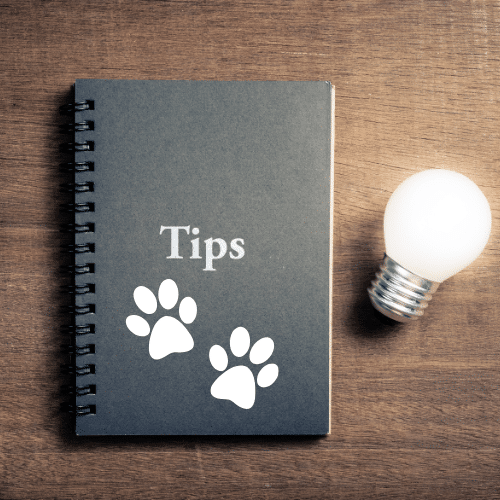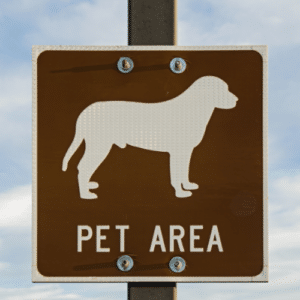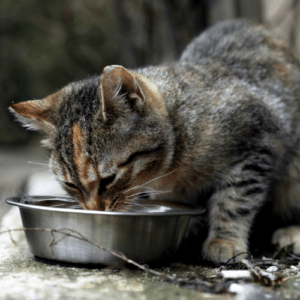
14 Nov Pet Care Tips to Avoid Pests
Pet Habits That Attract Pests
Pets bring joy, companionship, and warmth to our homes, but they can also unknowingly attract pests. Especially in areas like South Florida, where the climate is ideal for many pests, pet owners need to be extra cautious. By understanding how common pet habits and items can lure in unwanted guests, homeowners can take steps to reduce the risk of infestations. The good news is that simple changes in pet care and cleanliness can keep pests at bay while ensuring your furry friends stay happy and healthy.
As a family-owned, organic pest control company, Pest Busterzz understands the unique challenges pet owners face when it comes to managing pests. With the right knowledge and proactive measures, you can maintain a safe, clean environment that’s free from both pests and harmful chemicals. Let’s explore some of the ways pets may unintentionally attract pests and what you can do to prevent it.
Pests Around Pet Spaces
One of the biggest pest attractions for any household with pets is the food and water left out for them. When food bowls are left out or not cleaned regularly, they become an open invitation for pests like ants, cockroaches, and even rodents. Pets may leave food scraps in their bowls after eating, which can attract pests overnight. Ants, for example, have a strong sense of smell and will follow food scents into your home. Cockroaches are also notorious for seeking out food sources and can often find their way to pet feeding areas if not carefully maintained.
To keep pests away from pet bowls, consider creating a designated feeding area that’s easy to clean. Remove uneaten food shortly after your pet finishes eating, and rinse bowls daily to remove food residue and odors. This practice will make the feeding area less attractive to pests and help keep your home cleaner. For owners who feed pets outside, it’s even more important to monitor food and water, as outdoor feeding can attract larger pests like raccoons, rodents, and stray animals looking for an easy meal.
Pet waste, whether in a yard, litter box, or designated pet bathroom area, can be a major attractant for pests. Flies, cockroaches, and other scavenger pests are drawn to waste, especially in humid climates where odors can linger. Flies lay eggs near pet waste, leading to even more pests, while cockroaches might hide in litter boxes if they detect organic material that could serve as a food source. Improperly cleaned waste areas increase the risk of infestations and create unpleasant odors that are difficult to eliminate.
For dog owners, cleaning up pet waste in the yard daily can help minimize pest attraction and keep your outdoor space comfortable. Cat owners should also stay vigilant with litter boxes by scooping them daily and cleaning them weekly to reduce odors and discourage pests from coming indoors. Using odor-neutralizing products designed specifically for pets can help manage smells without introducing harsh chemicals, making it easier to control pests naturally.
Outdoor Pet Care
When pets spend time outdoors, they often encounter various pests that can hitch a ride back into your home. Dogs and cats, in particular, are at risk of picking up fleas, ticks, and mites during walks, playtime, or when resting in shaded areas. These pests latch onto your pet’s fur, allowing them to travel indoors where they can multiply and spread. Fleas, for example, can lay eggs in carpet, bedding, and upholstery, leading to a full-blown infestation if not addressed quickly.
To prevent pests from coming indoors, regularly groom pets and perform checks after outdoor activities. Comb through your pet’s fur, focusing on areas like the neck, belly, and legs where pests are most likely to hide. Bathing pets regularly with pet-safe shampoos can also help reduce pests and keep their coats clean. For extra protection, consider using flea and tick preventatives recommended by your vet. These products can provide lasting protection and help you control pests before they become a problem.
Feeding pets outdoors is convenient for many families, but it can also attract various pests if not done carefully. Leftover food or even the scent of pet food can lure in raccoons, ants, and other unwanted guests. Rodents, in particular, are attracted to pet food and can quickly become a problem if they associate your home with an easy food source. For homes that feed pets outdoors, it’s essential to be diligent about removing food after mealtimes and avoiding leaving water dishes out overnight.
To keep outdoor feeding areas pest-free, try feeding your pets during the day and removing bowls immediately after they finish. Avoid leaving food bowls in accessible places, especially near doors, as this can make it easy for pests to follow the scent into your home. By managing food and water outside, you can enjoy the convenience of outdoor feeding without inviting unwanted visitors into your space.
Organizing Pet Items to Avoid Pests
Pet food storage can be a hidden factor in attracting pests. When left in its original packaging or stored improperly, pet food can quickly attract ants, rodents, and other pests. Strong-smelling pet food, especially in warm climates like South Florida, can lure pests into your home, particularly if the bags are left open or stored in accessible areas. Transferring pet food into airtight containers not only keeps it fresh but also reduces the scent that attracts pests. Using a plastic or metal container with a secure lid prevents pests from accessing the food, keeping your home safer.
By storing pet food in a dedicated, pest-proof container and keeping it in a cool, dry place, you can avoid attracting unwanted visitors. This approach not only helps maintain food quality for your pets but also prevents the frustration of dealing with pest infestations around food storage areas.
Pet toys, grooming tools, and other supplies can also become inadvertent pest attractors, especially if they accumulate dust, dirt, or food residue. Pests such as mites, ants, and even certain beetles can be drawn to these areas. To reduce this risk, clean toys and pet supplies regularly, and store them in designated containers or baskets.
Using plastic bins for toys and grooming supplies keeps everything organized and minimizes clutter, making it less likely for pests to hide in and around pet items. By maintaining a clean and organized area for pet supplies, you’ll create a less appealing environment for pests, helping keep your home cleaner and more hygienic for both you and your pets.
Conclusion
Pets bring immense joy and companionship, but they can also unknowingly attract pests to our homes. By being mindful of food, waste, bedding, and outdoor habits, pet owners can significantly reduce the risk of inviting unwanted pests. Simple steps like cleaning up after meals, regularly washing pet bedding, and grooming pets after outdoor play go a long way in maintaining a pest-free environment.
For South Florida residents, where the warm climate fosters a wide variety of pests, proactive and pet-safe pest control strategies are key to protecting both your home and your furry friends. Working with a professional pest control company like Pest Busterzz ensures that you’re using eco-friendly solutions that prioritize the health and safety of both your family and pets. With these mindful practices, you can enjoy a clean, comfortable home that’s free of pests, giving you and your pets peace of mind year-round.






No Comments